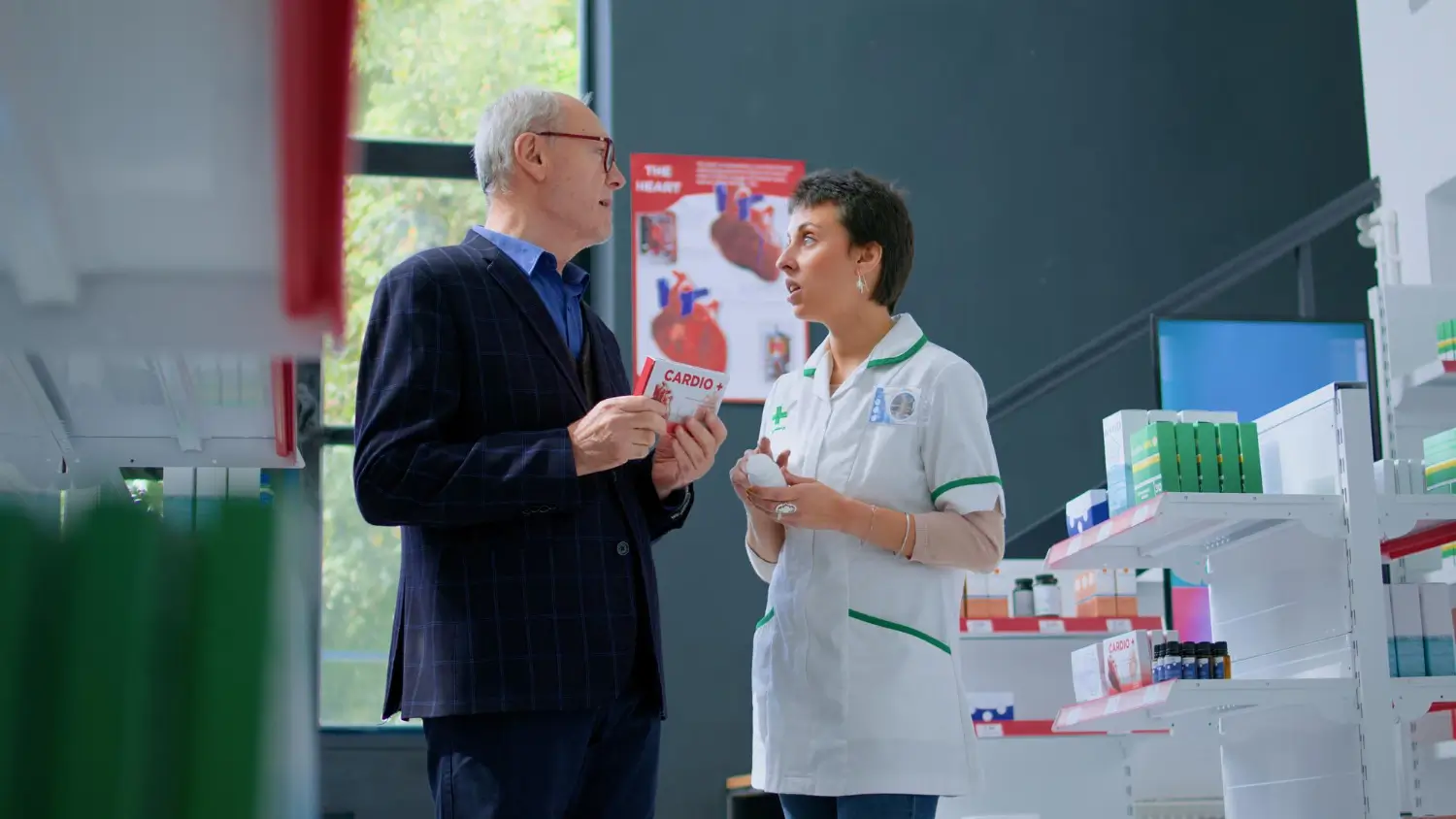


The pharmaceutical supply chain is a complex network of manufacturers, suppliers, distributors, and logistics providers, each playing a critical role in delivering medicines to patients around the world. However, this complexity also introduces significant compliance risks. These risks can arise from various factors, including regulatory requirements, quality control, counterfeit drugs, and disruptions in supply chain operations. Mitigating compliance risks in pharmaceutical supply chains is crucial to maintaining the integrity of pharmaceutical products and ensuring patient safety. A strategic approach to compliance management can help companies navigate these challenges and build a robust, resilient supply chain.
The pharmaceutical supply chain is heavily regulated to ensure the safety, efficacy, and quality of medicines. Compliance risks can occur at multiple points in the supply chain, and failing to address these risks can lead to serious consequences, including regulatory penalties, product recalls, reputational damage, and harm to patients. This blog will explore the key compliance risks in pharmaceutical supply chains, and outline strategies for mitigating these risks effectively.
Pharmaceutical companies must adhere to stringent regulatory requirements set by health authorities such as the U.S. Food and Drug Administration (FDA), the European Medicines Agency (EMA), and the World Health Organization (WHO). These regulations cover various aspects of the supply chain, including Good Manufacturing Practices (GMP), Good Distribution Practices (GDP), and Good Storage Practices (GSP). Non-compliance with these regulations can result in fines, import/export restrictions, and product recalls.
Maintaining the quality of pharmaceutical products throughout the supply chain is critical to ensuring patient safety. Quality control issues can arise due to factors such as poor manufacturing practices, inadequate storage conditions, and contamination during transportation. Failure to maintain the required quality standards can lead to product defects, patient harm, and costly recalls.
The global pharmaceutical industry is vulnerable to the infiltration of counterfeit drugs, which can pose significant risks to patient safety and undermine the reputation of legitimate pharmaceutical companies. Counterfeit drugs are often of poor quality, lack the required active ingredients, or contain harmful substances. Ensuring the security of the supply chain to prevent the entry of counterfeit products is a major compliance challenge for pharmaceutical companies.
The pharmaceutical supply chain is vulnerable to disruptions caused by natural disasters, geopolitical events, and pandemics. These disruptions can lead to shortages of critical medicines, delays in production, and increased risk of non-compliance with regulatory requirements. Companies must have contingency plans in place to mitigate the impact of supply chain disruptions and maintain compliance.
Accurate and up-to-date documentation is essential for compliance with regulatory requirements. Pharmaceutical companies must maintain detailed records of manufacturing processes, quality control tests, and distribution activities. Poor documentation practices can result in non-compliance, regulatory penalties, and delays in product approvals.
A comprehensive compliance management system (CMS) is essential for ensuring that all aspects of the pharmaceutical supply chain meet regulatory requirements. A CMS provides a structured framework for identifying, assessing, and mitigating compliance risks. It includes policies, procedures, and controls for managing quality, regulatory compliance, and supply chain security.
Key components of a CMS include:
Technology plays a crucial role in enhancing transparency and traceability in pharmaceutical supply chains. By leveraging digital tools, companies can monitor their supply chains in real-time, identify potential risks, and ensure compliance with regulatory requirements. Some key technologies that can help mitigate compliance risks include:
Supplier relationships are a critical component of pharmaceutical supply chains. Ensuring that suppliers comply with regulatory requirements and quality standards is essential for maintaining compliance. Pharmaceutical companies should conduct thorough due diligence when selecting suppliers and regularly audit their performance to ensure ongoing compliance.
Key steps for strengthening supplier relationships and due diligence include:
A strong culture of quality and compliance is essential for mitigating risks in pharmaceutical supply chains. This culture should be ingrained at every level of the organization, from top management to frontline employees. When quality and compliance are prioritized, employees are more likely to adhere to regulatory requirements and identify potential risks before they become major issues.
Building a culture of quality and compliance involves:
Pharmacovigilance compliance is critical in global pharmaceutical distribution to ensure the safety and efficacy of medicines post-market. This process involves the ongoing monitoring, detection, and assessment of adverse drug reactions (ADRs) and safety issues related to pharmaceutical products.
Regulatory authorities across the world, including the FDA, EMA, and others, require pharmaceutical companies to implement robust pharmacovigilance systems that track and report any drug safety concerns. In the global distribution landscape, where medicines cross multiple borders and regulatory jurisdictions, maintaining pharmacovigilance compliance is complex but essential. Companies must ensure that all stakeholders in the supply chain—from manufacturers to distributors—are trained and equipped to handle pharmacovigilance responsibilities, including the timely reporting of ADRs and ensuring adherence to regional safety regulations.
Mitigating compliance risks in pharmaceutical supply chains is not a one-time effort but an ongoing process that requires vigilance, adaptability, and a strategic approach. Regulatory requirements, quality control, counterfeit drugs, and supply chain disruptions are just some of the risks that pharmaceutical companies must navigate in an increasingly complex global environment. By implementing comprehensive compliance management systems, leveraging technology, strengthening supplier relationships, and fostering a culture of quality, companies can effectively manage these risks and ensure the integrity of their supply chains.
The pharmaceutical industry is uniquely positioned to benefit from strategic compliance risk mitigation. With patient safety at stake, maintaining high standards of compliance isn't just a regulatory necessity—it's a moral imperative. As the industry continues to evolve, staying ahead of compliance risks through innovation and strategic planning will be key to sustaining growth and trust in pharmaceutical products worldwide.